Less than a year after blasting onto the stage at the Concorso d’ Eleganza Villa d’ Este in Italy, what began as the Concept R 18 has evolved to become a fully-fledged production model. Meet BMW's big, burly, bare-knuckled Cruiser.
BMW had toyed in the past with the idea of a cruiser, with motorcycles such as the 1997 R1200C that starred in the Bond film Tomorrow Never Dies. The project never met the commercial success that the James Bond franchise could potentially nurture, probably because it didn’t exactly follow the traditional American cruiser styling and its engine was a tad on the small side (compared to the competition) and rather underpowered.
The cruiser project resurfaced in BMW’s timeline in the shape of the R5 Hommage. That one-off supercharged custom cruiser debuted at the 2016 Villa d’Este and in hindsight suggests that BMW may have been testing the waters with a design that looks suspiciously close to the new production model.
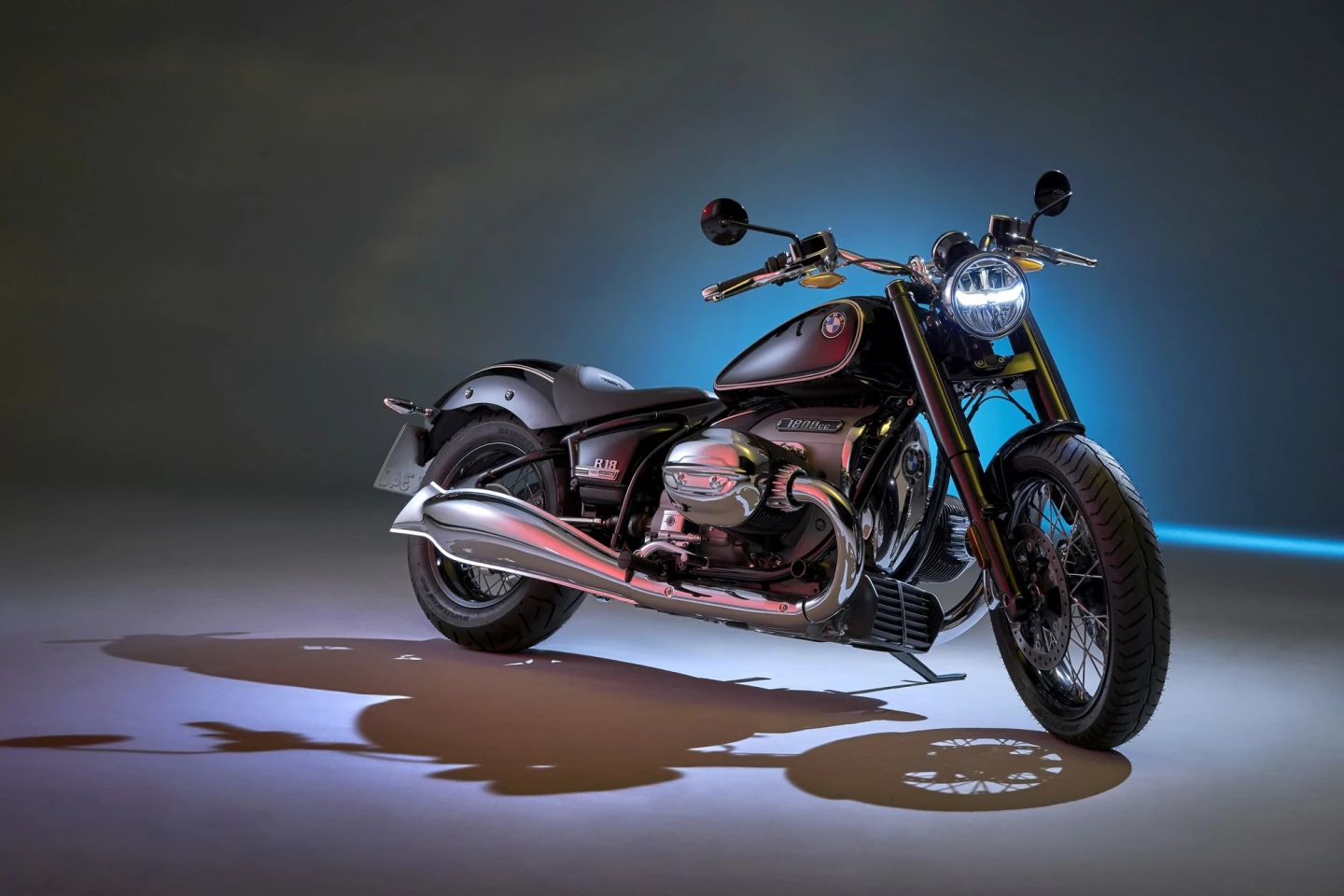
Whatever the case, some spy photos of an R 18 testing mule that surfaced in Germany early last month unquestionably revealed BMW’s plans for an R 18 starting lineup featuring a Cruiser and a Touring/Bagger, escorted by some muffled rumors of an even bigger boxer in the pipeline.
Despite the complete absence of crucial information like pricing or basic specs, pre-ordering channels had already been activated around the world months before the launch of the motorcycle; France, for instance, was the first country to invite customers’ orders as early as September 2019.
The brand new BWM R 18 cruiser remains loyal to the 2019 Concept design, featuring only subtle differences, such as a more modern LED headlight and considerably bulkier and longer exhaust cans – as expected in a motorcycle that should satisfy Euro 5 restrictions rather than charm guests at the Concorso d’ Eleganza.
And, although it doesn’t carry the name like the 2016 supercharged custom, it certainly does pay true hommage to the iconic 1936 R5, the motorcycle that broke new technological and performance grounds in pre-war Europe, with a 500-cc boxer that at the time was BMW’s capacity and power king.
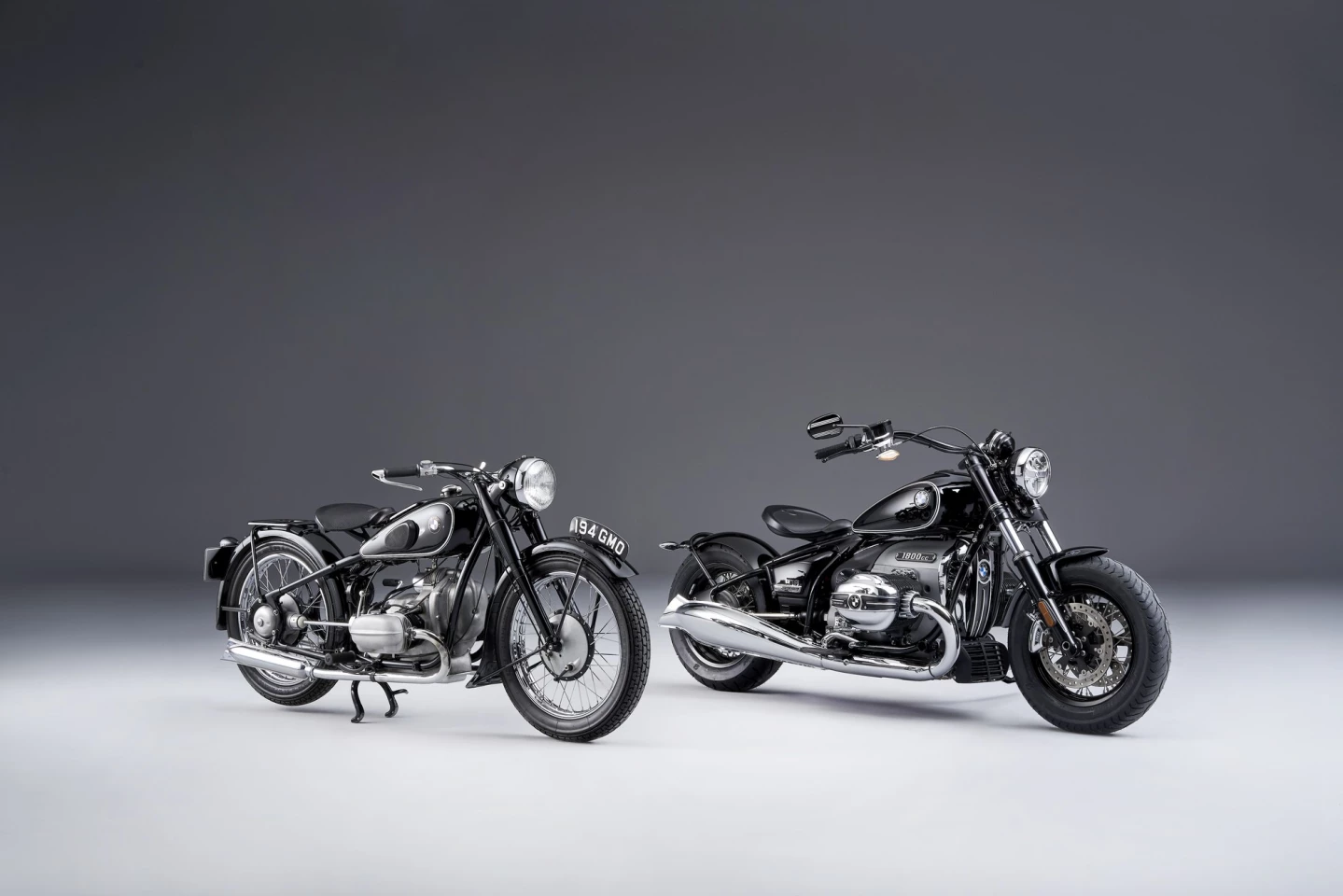
BMW makes sure that the R5 connection is adequately communicated in the R 18’s press material, leaving the rest to the multitude of visual and technical associations that become apparent to anyone familiar with the 1936 original.
Its design is a direct reference to the R5, starting with the double cradle steel frame and the hardtail-looking rear end, although a single shock absorber lies hidden somewhere under the seat and between side covers, set up in a cantilever arrangement that satisfies styling guidelines. To this end, BMW went a long way to make sure that nothing will obscure the R 18’s clean lines, so cables, wiring and oil lines have been surprisingly well hidden in this bare naked motorcycle.
The riding position is characterized by the mid-mounted rider pegs, making for a seating arrangement that resonates back to the R5 and all those legendary roadsters that came after it.
The new engine dubbed by BMW as "Big Boxer" measures 1,802 cc (109.8 ci) from two cylinders that look enormous both externally and internally, loaded with two 107.1 mm bore and 100 mm stroke (4.2 x 3.9 in) pistons. As expected, the big boxer doesn’t rev very high, in fact the power output peak is 91 hp (67 kW) at just 4,750 rpm.

As is always the case with very big twins, the whole game is not about horsepower but rather about torque, and that’s where numbers really shine. With a maximum value of 158 Nm (116.5 lb-ft) at 3,000 rpm, the R 18 packs a mighty punch averaging constantly above 150 Nm (110.6 lb-ft) all the way from 2,000 to 4,000 rpm, according to BMW.
Behind the bare-knuckle silhouette, the R 18 is equally simple equipment-wise, sporting a basic electronic kit that starts with a partially integral ABS – the front lever activates both brakes whereas the right foot lever applies only to the rear disc.
There are some more safety systems in place, such as the Automatic Stability Control (ASC) which can be deactivated and is essentially a really simple traction control kit – used until fairly recently on several BMW models before the new generation of 6-axis inertial measurement units and cornering traction control systems took over.
An interesting addition is the engine drag torque control, a system that BMW refers to as MSR and which assists the slipper clutch that comes as standard with the huge boxer. In essence it’s an electronic device that mimics the anti-hopping function of the slipper unit, kicking in when low traction reveals the weak spot of mechanical slipper clutches in the fight to reduce rear wheel hopping while downshifting and heavy braking.
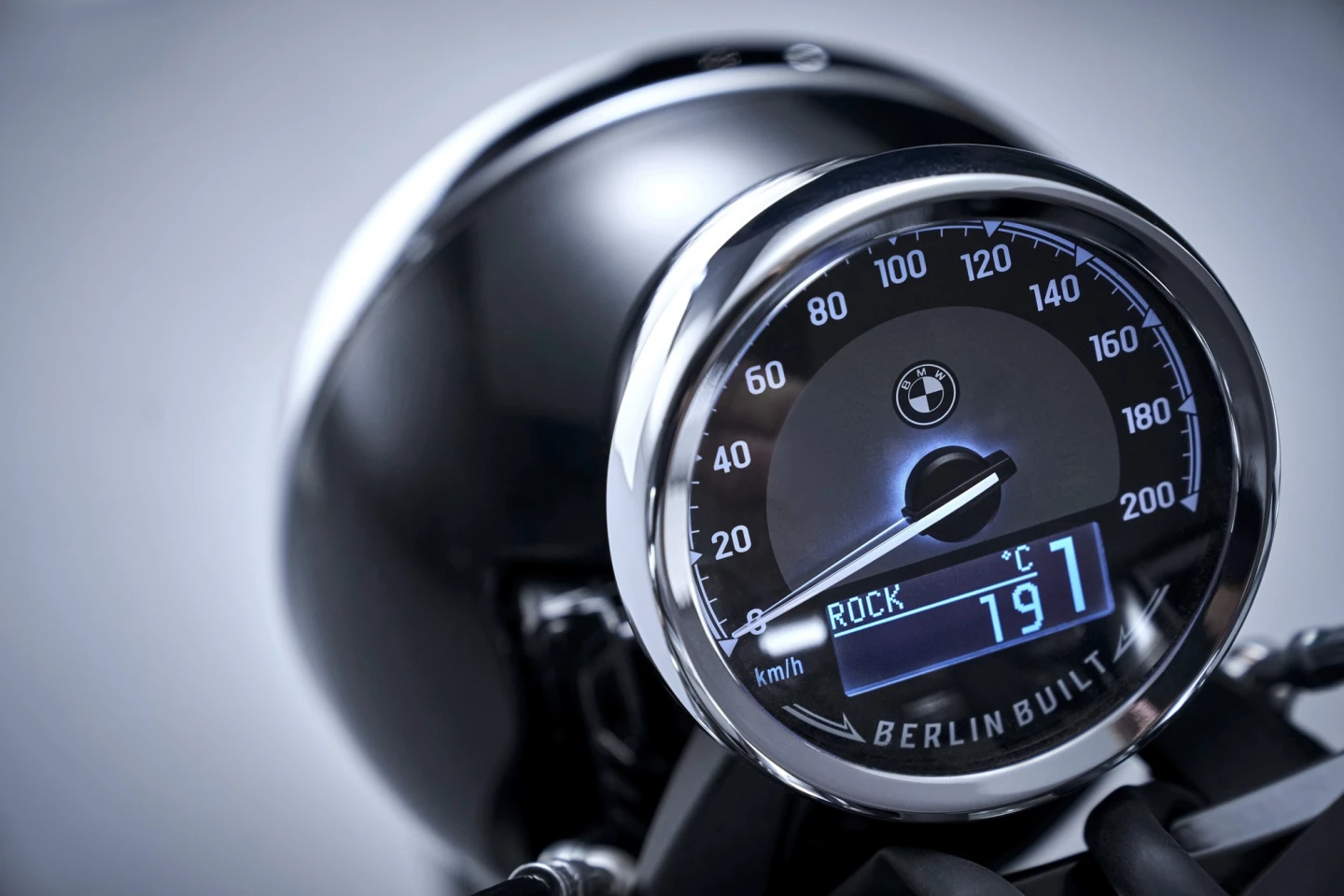
The boxer engine can be tuned to three standard riding modes, Rain, Roll and Rock, starting from smooth throttle action and full electronic engagement (ASC and MSR), gradually ascending to the more direct reaction to throttle input and less intervention from the safety systems of the Rock setting.
The R 18 comes also equipped with some very practical kits, like Hill Start Control and Reverse Assist – the latter relying on the starter motor gears to help move the bike backwards. It will probably come in handy quite often, given that the R 18 tips the scales at 345 kg (761 lb) in road-ready trim; just the engine, including gearbox and intake system, account for 110.8 of these kilograms (244.3 lb).
The practical equipment that BMW has loaded on the R 18 also includes an LED headlight that can be optionally equipped with an adaptive turning kit, a series of LED units that illuminate the inside of a corner whenever the bike leans more than 7 degrees on either side.
The basic version of the R 18 debuts with a First Edition exclusive variant, which adorns the clean, all-black lines of the basic model with BMW’s traditional white pinstripes, as well as several chromed bits all over its body.
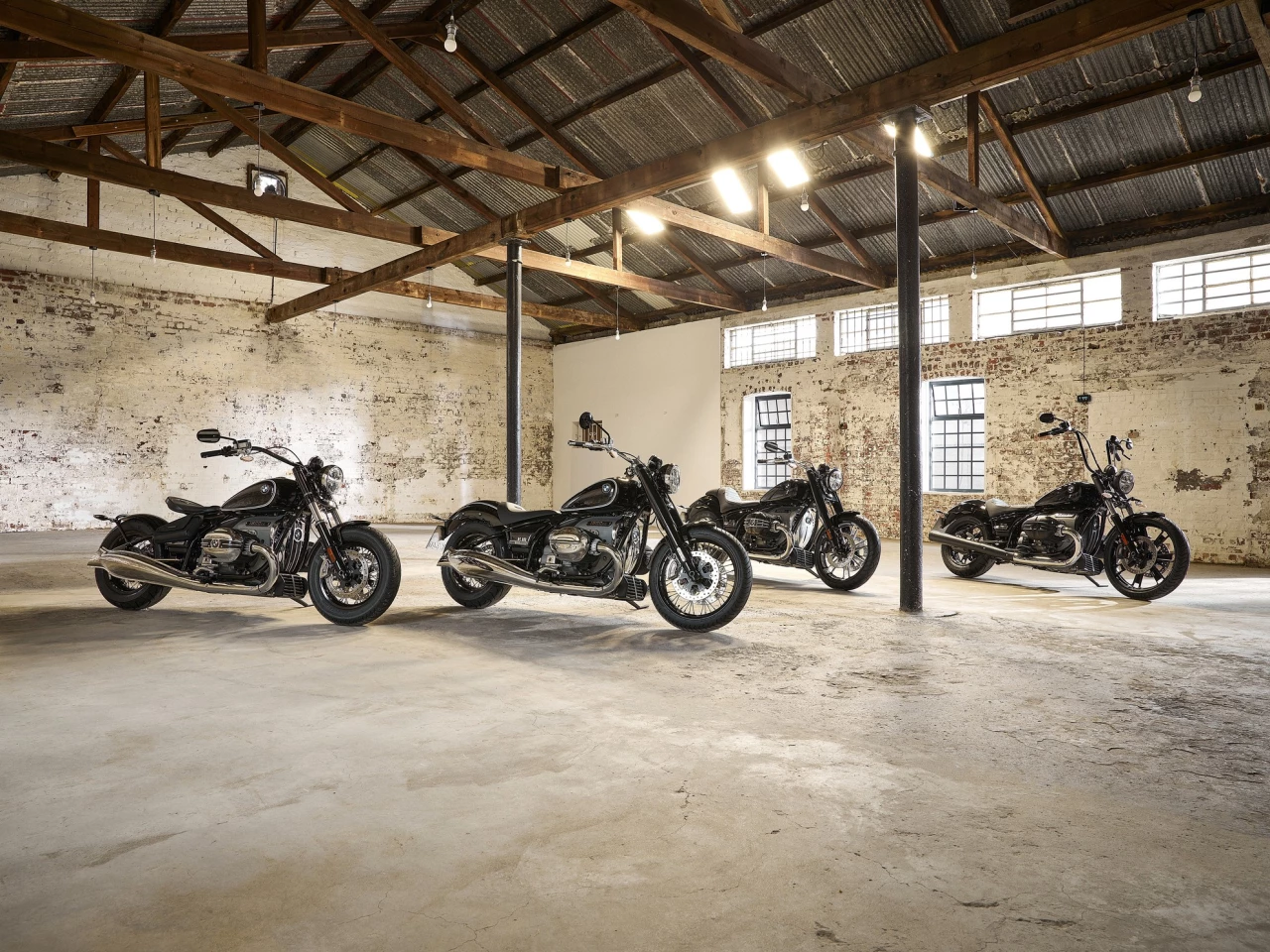
With a starting price of US$19,870 the R 18 First Edition distinguishes itself further with a collection of special parts and gifts that include brass tank emblems, special assembly gloves and tools, an R18 First Edition cap and leather belt, a box with the bike’s picture on the lid, as well as a book on BMW Motorrad’s near 100-year history.
BMW does not clarify in its press material if this First Edition comes in a limited run, so we should expect that its production will depend on demand. Besides that, most parts and tricks (like the white pinstriping) will be available on the long list of optional equipment.
In this list there’s already a large number of bits and baubles to customize the R 18, including several types of handlebars and rider pegs. In an apparent bid to appeal mainly to the US market, BMW has already deployed its factory extras’ list with some Roland Sands parts tailor-made for the R 18 in two design families, Machined and 2-Tone Black, dedicated Vance & Hines exhausts and a collection of leather Mustang Seats.
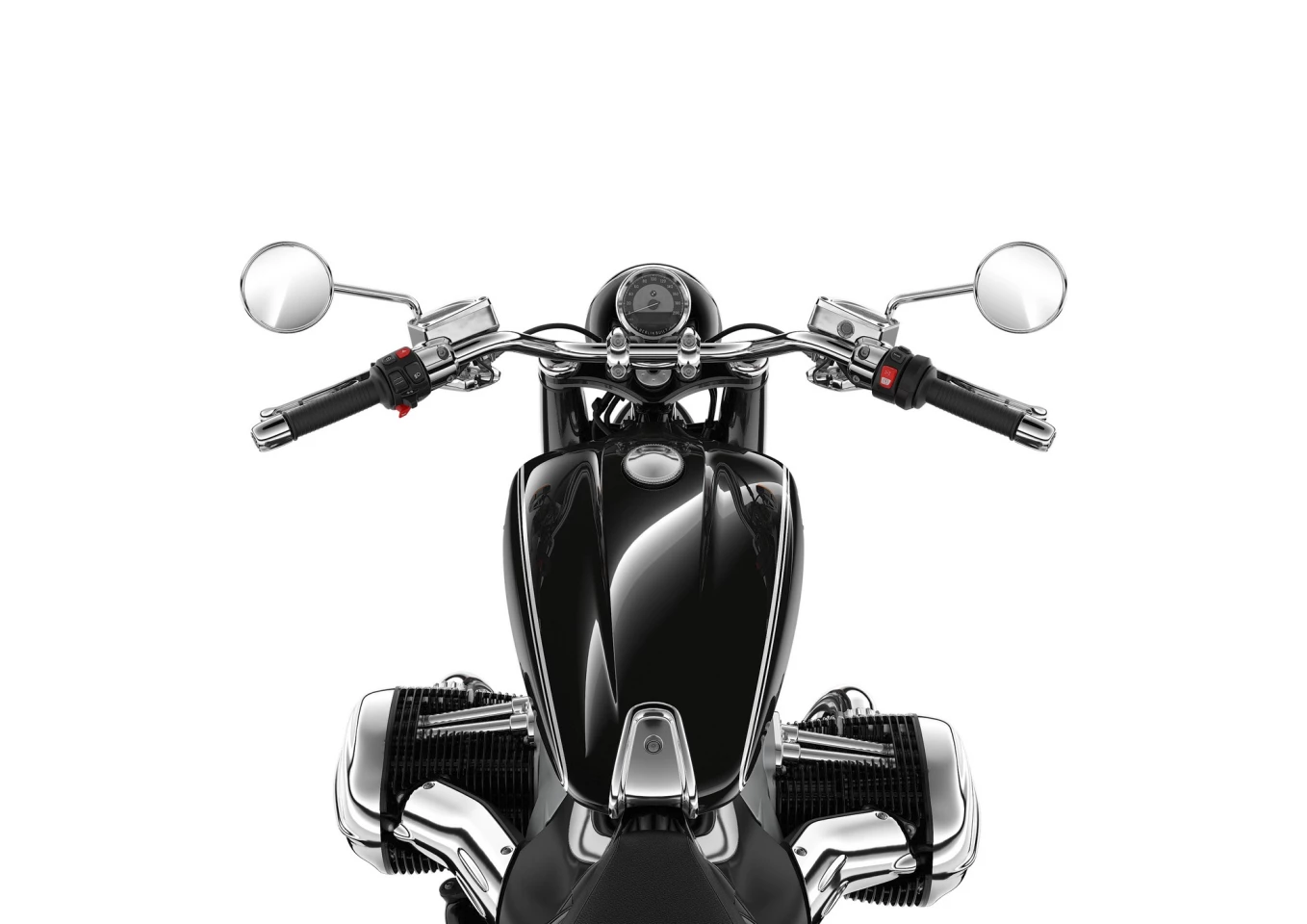
The new BMW R 18 is still not ready to hit showrooms, but pre-ordering makes much more sense now that the detailed specs and pricing have been released. Official delivery dates, when they do become known, will probably vary for each country. BMW says that in select countries the First Edition will be sold from day one, along a small number of the basic R 18 – priced at US$17,495.
There’s hardly any better proof of how focused BMW is on the American market than the bike’s pricing scheme. In the UK the starting price is set to GBP18,995 (approx. $23,650) and it’s rather hard to find a European market where the retail starting price falls below the €20,000 ($22,300) mark. For a motorcycle that flashes “Berlin Built” inscriptions all over its body, it comes surprisingly cheaper on the far side of the Atlantic.
Source: BMW Motorrad


































